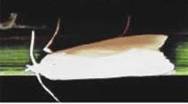


| Damages : | |||
| Deadheart | |||
| Whitehead | |||
| Management Strategies at Various Crop Growth Stages: | |||
| Crop Establishment | |||
| Vegetative (Tillering) | |||
| Reproductive (Early panicle initiation to flowering) | |||
| Ripening | |||
| Harvest and Post Harvest | |||
| Stemborer information sheet | Stemborer life cycle | ||
| Stemborer population in Maligaya, Science City of Muñoz | |||
| DAMAGES | |||
| Deadheart | |||
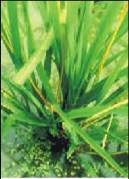 |
Central leaf whorl folds, turns brownish, dries up and dies | ||
| There is stemborer damage when tillers have tiny holes and fecal matter | |||
| When damage occurs at early tillering stage, plant compensates by producing additional tillers and yield loss is negligible | |||
Deadheart Infected plant |
Back to top | ||
| Whitehead | |||
| Damaged tillers produce panicles that are whitish and with empty grains | |||
| Whiteheads can be easily pulled out by hand | |||
| There is stemborer damage when tillers have tiny holes or fecal matter | |||
| Egg masses laid during the reproductive growth stage (panicle initiation) are critical because whiteheads may occur and yield loss could be significant | |||
Whitehead Infected plant |
Back to top | ||
| Management Strategies at Various Crop Growth Stages: | |||
| Crop Establishment | |||
 |
Practice synchronous planting after a fallow period. This will deprive stemborers of continuous food supply, thus preventing continued reproduction of pest. | ||
| Plant at the right time so that the crop will be harvested before the stemborer population peaks. | |||
| Use resistant varieties. | |||
| Change varieties every two to four cropping seasons.
|
|||
Transplanting |
Back to top | ||
| Vegetative (Tillering) | |||
 |
Conserve natural enemies as they play an important role in regulating stemborer population. | ||
| Do not apply insecticide within 40 days after planting. Plants compensate the damage during this growth stage by producing more tillers. | |||
| Apply fertilizer properly. | |||
Tillering stage |
Back to top | ||
| Reproductive (Early panicle initiation to flowering) | |||
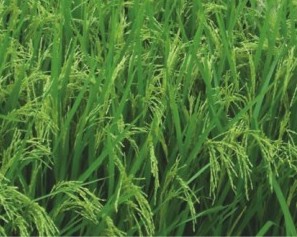 |
Use insecticide when needed. | ||
| Do not apply insecticide when the population of parasitoids is greater than the larvae (based on egg mass collected from the field and reared in covered bottles). At this stage, egg mass population is usually low (less than one egg/sqm2) | |||
| Apply systematic insecticide when 1-2 egg masses are observed in every square meter in the field. | |||
Reproductive stage |
Back to top | ||
| Ripening | |||
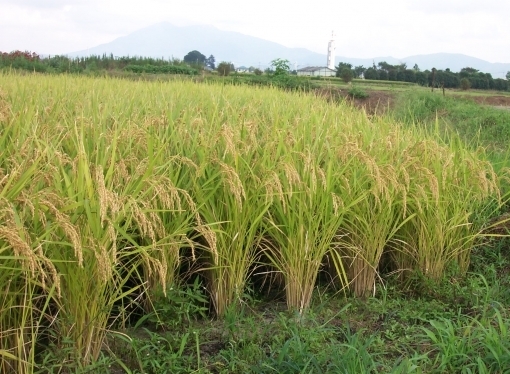 |
When whiteheads appear, there is no need to apply insecticide. | ||
| Back to top | |||
Ripening stage |
|||
| Harvest and Postharvest | |||
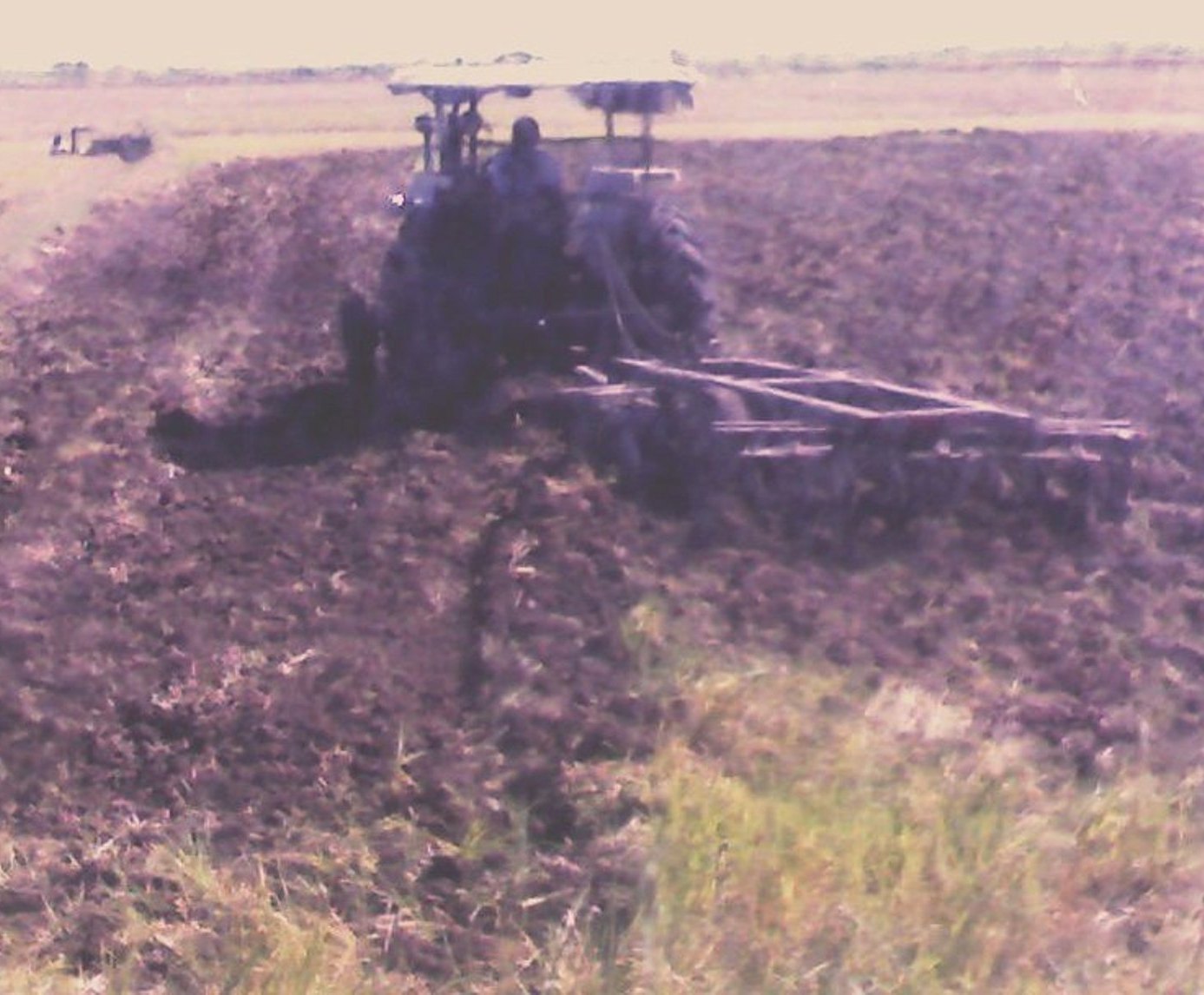 |
Rotavate the soil immediately after harvest to kill the larvae and pupae. | ||
Post harvest activity |
Back to top | ||